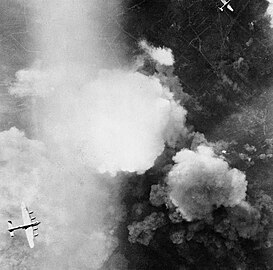
Friedrich Krupp AG Hoesch-Krupp trading as Krupp, was the largest company in Europe at the beginning of the 20th century as well as Germany's premier weapons manufacturer during both world wars. It produced battleships, U-boats, tanks, howitzers, guns, utilities, and hundreds of other commodities. The company also produced steel used to build railroads in the United States and to cap the Chrysler Building.

Essen is the central and, after Dortmund, second-largest city of the Ruhr, the largest urban area in Germany. Its population of 586,608 makes it the fourth-largest city of North Rhine-Westphalia after Cologne, Düsseldorf and Dortmund, as well as the tenth-largest city of Germany. Essen lies in the larger Rhine-Ruhr metropolitan region, second largest by GDP in the EU, and is part of the cultural area of Rhineland. Because of its central location in the Ruhr, Essen is often regarded as the Ruhr's "secret capital". Two rivers flow through the city: the Emscher in the north, and in the south the Ruhr River, which is dammed in Essen to form the Lake Baldeney and Lake Kettwig reservoirs. The central and northern boroughs of Essen historically belong to the Low German Westphalian dialects area, and the south of the city to the Low Franconian Bergish area.
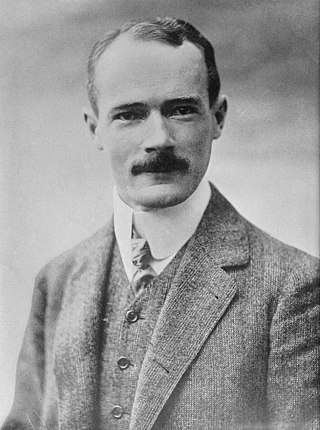
Gustav Georg Friedrich Maria Krupp von Bohlen und Halbach was a German foreign service official who became chairman of the board of Friedrich Krupp AG, a heavy industry conglomerate, after his marriage to Bertha Krupp, who had inherited the company. He and his son Alfried would lead the company through two world wars, producing almost everything for the German war machine from U-boats, battleships, howitzers, trains, railway guns, machine guns, cars, tanks, and much more. Krupp produced the Tiger I tank, Big Bertha and the Paris Gun, among other inventions, under Gustav. Following World War II, plans to prosecute him as a war criminal at the 1945 Nuremberg Trials were dropped because by then he was bedridden, senile, and considered medically unfit for trial. The charges against him were held in abeyance in case he were found fit for trial.

ThyssenKrupp AG is a German industrial engineering and steel production multinational conglomerate. It resulted from the 1999 merger of Thyssen AG and Krupp and has its operational headquarters in Duisburg and Essen. The company says that it is one of the largest steel producers in the world, and it was ranked tenth-largest worldwide by revenue in 2015. It is divided into 670 subsidiaries worldwide. The largest shareholders are the Alfried Krupp von Bohlen und Halbach Foundation and Cevian Capital. ThyssenKrupp's products range from machines and industrial services to high-speed trains, elevators, and shipbuilding. The subsidiary ThyssenKrupp Marine Systems also manufactures frigates, corvettes, and submarines for the German and foreign navies.

The United States of America vs. Alfried Krupp, et al., commonly known as the Krupp trial, was the tenth of twelve trials for war crimes that U.S. authorities held in their occupation zone at Nuremberg, Germany, after the end of World War II. It concerned the forced labor enterprises of the Krupp Group and other crimes committed by the company.

Alfried Felix Alwyn Krupp von Bohlen und Halbach, often referred to as Alfried Krupp, was a German industrialist, a competitor in Olympic yacht races, contributor to the SS and a member of the Krupp family, which has been prominent in German industry since the early 19th century. He was convicted after World War II of crimes against humanity for the genocidal manner in which he operated his factories and sentenced to twelve years in prison, subsequently commuted to three years with time served in 1951.
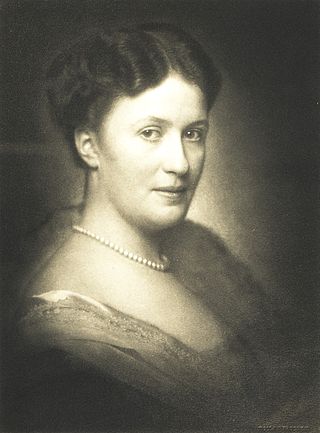
Bertha Krupp von Bohlen und Halbach was a member of the Krupp family, Germany's leading industrial dynasty of the 19th and 20th centuries. As the elder child and heir of Friedrich Alfred Krupp she was the sole proprietor of the Krupp industrial empire from 1902 to 1943, although her husband, Gustav Krupp von Bohlen und Halbach, ran the company in her name. In 1943 ownership of the company was transferred to her son Alfried.

Museum Folkwang is a major collection of 19th- and 20th-century art in Essen, Germany. The museum was established in 1922 by merging the Essener Kunstmuseum, which was founded in 1906, and the private Folkwang Museum of the collector and patron Karl Ernst Osthaus in Hagen, founded in 1902.
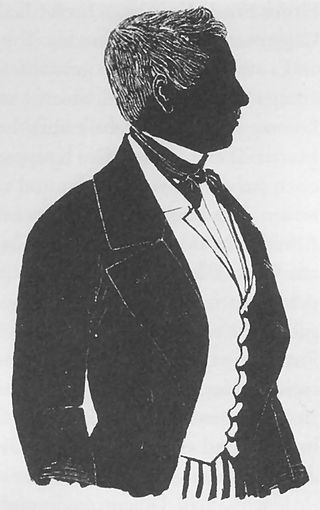
Friedrich Carl Krupp was a German steel manufacturer and founder of the Krupp family commercial empire that is now subsumed into ThyssenKrupp AG.

Arndt von Bohlen und Halbach was a German socialite and heir to the Krupp family. He was the only child of Alfried Krupp von Bohlen und Halbach and last heir to Krupp.
The Lex Krupp was a document signed into law on 12 November 1943 by Adolf Hitler that converted Friedrich Krupp AG into a partnership with specially regulated rules of succession in order to ensure that the Krupp family enterprise remain intact.

Thyssenkrupp Polysius GmbH is a global industrial company specializing in the manufacture and sale of plants and machinery for the cement and ore industry. In 2023, Thyssenkrupp Polysius GmbH was integrated into the newly created Decarbon Technologies segment of Thyssenkrupp AG.

The Alfried Krupp von Bohlen und Halbach Foundation is a major German philantrophic non-profit Foundation under civil law. It was founded by Alfried Krupp von Bohlen und Halbach. With his death on 30 July 1967, his entire private fortune as well as the assets of the Fried. Krupp AG were transferred to the Foundation he had founded, which took up business 1 January 1968. Berthold Beitz was the chairman of the Board of Trustees from 1 January 1968 until his death on 30 July 2013. Ursula Gather took over this position on 1 October 2013 to chairwoman the Board of Trustees to which she had been appointed in 2011.
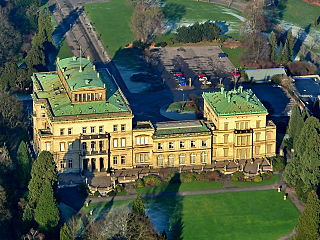
The Villa Hügel is a 19th-century mansion in Bredeney, now part of Essen, Germany. It was built by the industrialist Alfred Krupp in 1870–1873 as his main residence and was the home of the Krupp family until after World War II. More recently, the Villa Hügel has housed the offices of the Kulturstiftung Ruhr, an art gallery, the historical archive of the Krupp family and company, and a concert venue.

Hoesch was a German steel and mining conglomerate headquartered in Dortmund and several subsidiaries across the Ruhr region and Siegen. Founded in 1871, by Leopold Hoesch, it employed over 30,000 people by 1938 and was among the largest companies in Nazi Germany.

A Wehrwirtschaftsführer was, during the time of Nazi Germany (1933–1945), an executive of a company or of a large factory. Wehrwirtschaftsführer were appointed, starting in 1935, by the Wehrwirtschafts und Rüstungsamt being a part of the Oberkommando der Wehrmacht (OKW), that was pushing the build-up of arms for the Wehrmacht. Appointments aimed to bind the Wehrwirtschaftsführer to the Wehrmacht and to give them a quasi-military status.
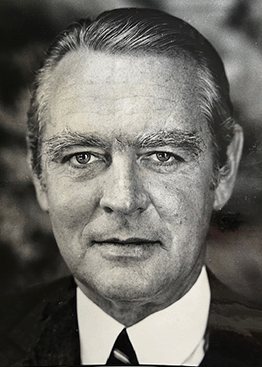
Berthold Beitz was a German industrialist. He was the head of the Krupp steel conglomerate beginning in the 1950s. He was credited with helping to lead the re-industrialization of the Ruhr Valley and rebuilding Germany into an industrial power.

The Alfried Krupp Institute for Advanced Study in Greifswald is an institute for advanced study named after Alfried Krupp von Bohlen und Halbach. On 20 June 2000, this institute was founded by the Alfried Krupp von Bohlen und Halbach Foundation, the German Land of Mecklenburg-Vorpommern and the University of Greifswald. These three founders co-established and contributed to the Stiftung Alfried Krupp Kolleg Greifswald, which was entrusted with the task of establishing this Wissenschaftskolleg. The Krupp Foundation contributed the plot of land and the building on it, valued at €15.3m, while Mecklenburg-Vorpommern and the University of Greifswald contributed the operational funding that initially amounted to €4.1m.
The Krupp family is a prominent 400-year-old German dynasty from Essen, noted for its production of steel, artillery, ammunition and other armaments.






